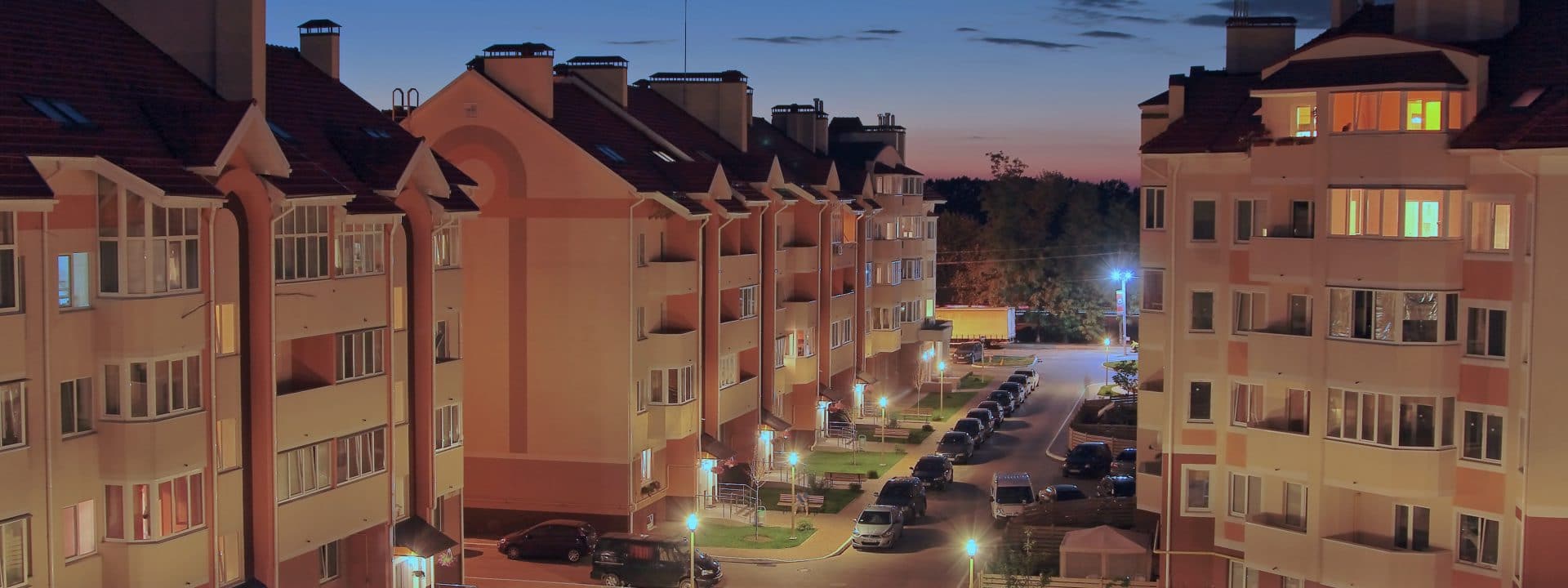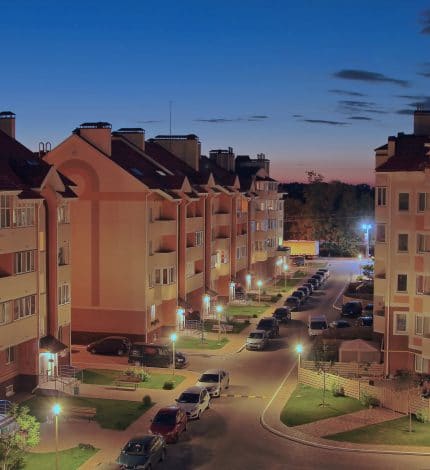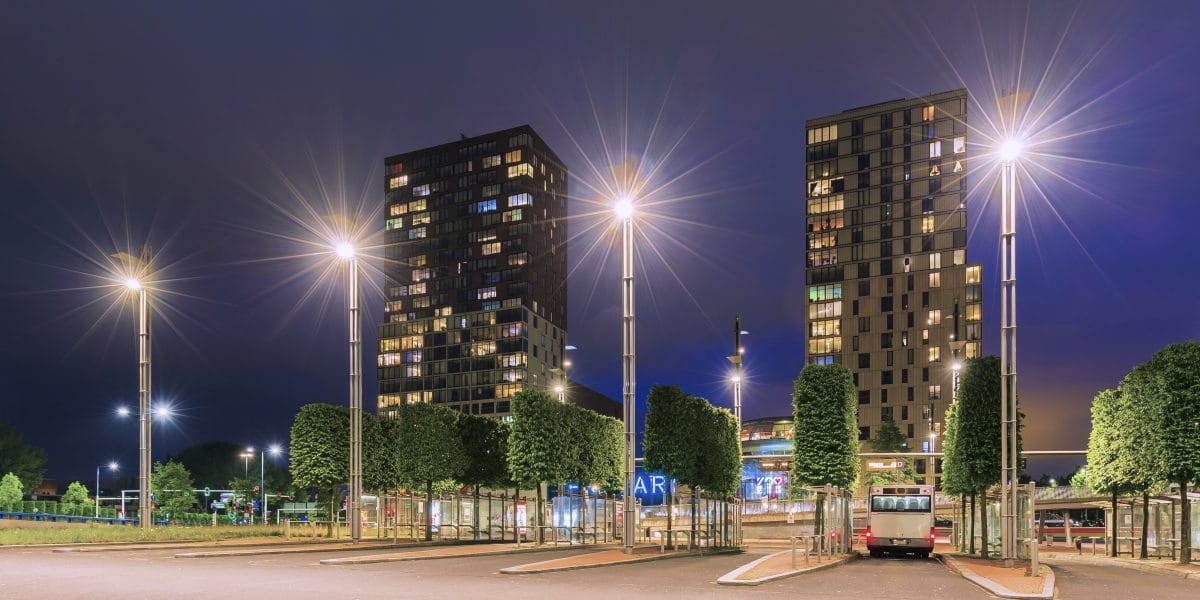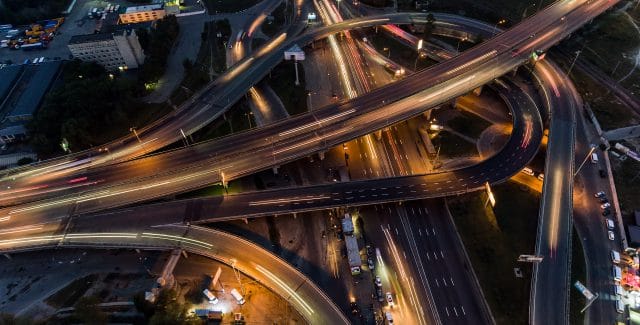Reduce energy consumption and operating costs
Precious public lighting installations have been built in recent decades. These are now being replaced by or modified with LED.
A lot of capital has been invested. About 1,500 to 2,000 euros per lighing column. For a municipality with 30,000 inhabitants, the value of the street lighting area is between 9 and 12 million euros. This investment can be earned back by using smart lighting technology.






